In early-June, during my walks along the river and black walnut / black locust riparian forest, I’ve noticed an extensive pastel show of tall clusters of violet or white flowers along the forest edge and in open areas of the forest (particularly along the paths), growing amid nettle, garlic mustard and Virginia creeper (all common in degraded/disturbed deciduous woodlands). Entering the riparian forest, I was first struck by the overwhelming sweet scent of black locust tree flowers above me, drifting down like a vaporous shower of ambrosia; but when I pushed my nose into these lavender-violet blossoms that covered the forest floor, I inhaled a unique scent, a sweet floral aroma, almost rose-like with a touch of ‘green’.
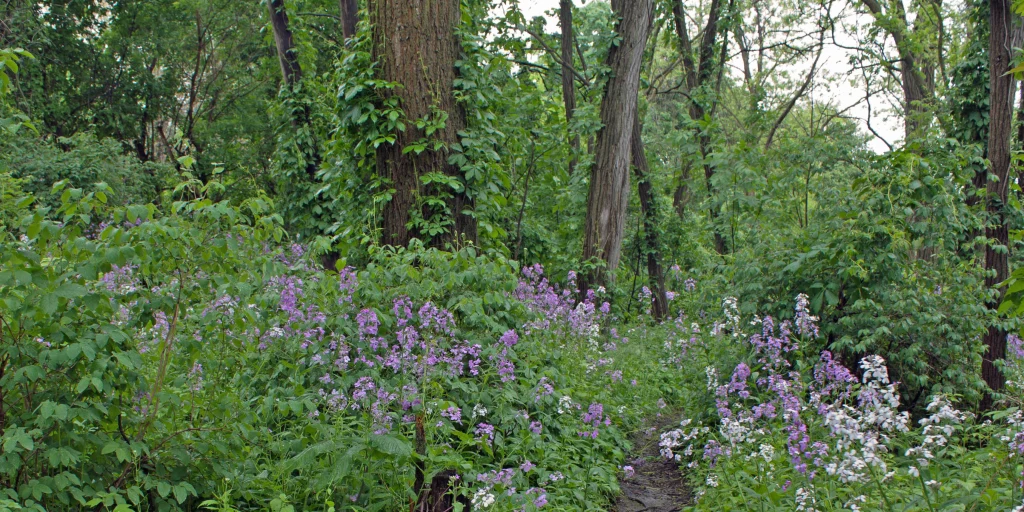
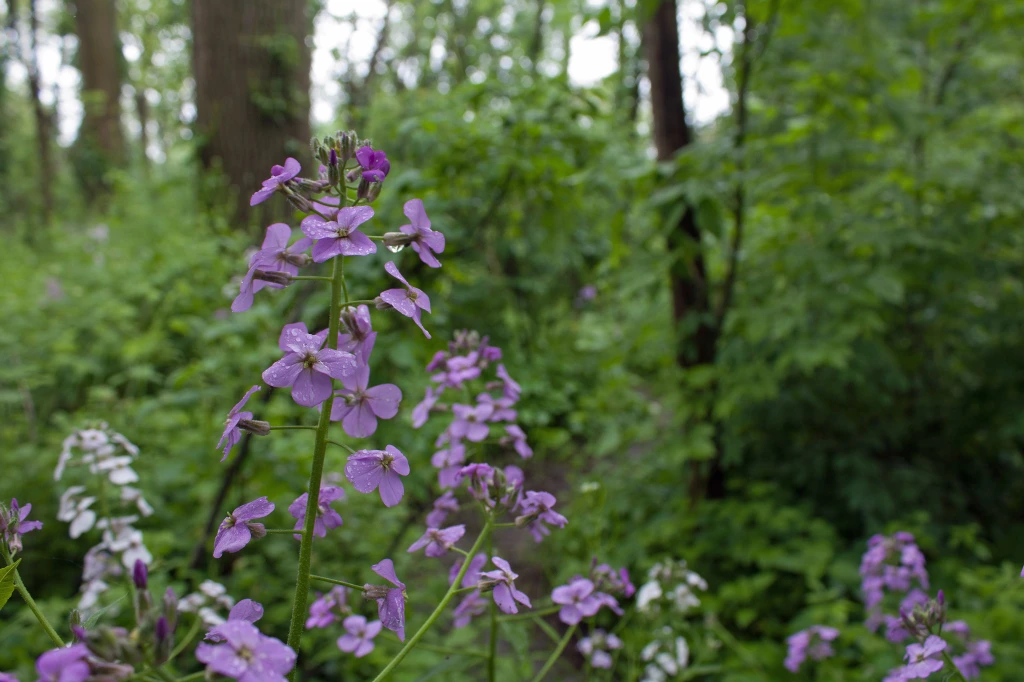
I thought they were phlox. They resembled phlox in height and with similar flowers but with a few noticeable differences. These flowers had four petals; garden phlox (Phlox paniculata) and similar Bouncing Bette (Saponaria officinalis) have five petals. These plants also have alternatively arranged lanceolate leaves while cultivated phlox and Bouncing Bette have opposite leaves.
I discovered that this beautiful phlox look-alike is called dame’s rocket, Hesperis matronalis, and belongs to the mustard family (Brassicaceae), which includes cauliflower, cabbage, horseradish and, of course, mustard. Dame’s rocket is also called wild phlox (not to be confused with cultivated phlox such as Phlox paniculata), lady’s rocket or sweet rocket. In the spring, this biennial forms noticeable basal rosettes in its first year’s growth; when it flowers in its second year, these come out from late May to August in Ontario. Flowers form terminal racemes with colour ranging from white through several shades of pink, lilac and deep purple. Some flowers are variegated with white and pink. The flowers are highly attractive to bees and other beneficial insects such as butterflies and moths and other pollinators.
The hermaphroditic flowers have four rounded petals (typical of the mustard family) and contain both stamens and pistils and are both self-pollinating and cross-pollinated by day and night pollinator insects. Sepals are hairy and form narrow oblong tubes.
Once fertilized, the self-seeding flowers form long and narrow seed pods called siliques (reminiscent of most mustard family plants) that contain numerous seeds. According to EdibleWildFood.com, one plant can produce up to 20,000 seeds. Dame’s rocket is a biennial plant, which means it lives for two years: the first year it produces a basal rosette; the second year, it produces a flowering stalk with aerial alternate leaves and a flower head.
This biennial plant brought to North America from Europe four centuries ago as an ornamental and escaped cultivation. It is common in damp soil along roadsides, rivers, fencerows and ditches, abandoned orchards and, of course, open forests such as the riparian forest where I walk. Because it has few enemies here and can out-compete native plants, dame’s rocket forms dense stands that potentially crowd out native species. It’s genus name, Hesperis, comes from the Greek word hesperos for evening flower. This undoubtedly refers the flower’s lovely scent, which heightens in the evening. Its species name, matronalis, which means matronly, reflects one of its common names, ‘mother of the evening.’ The use of the word ‘rocket’ apparently refers to the ‘deceitful’ nature of the fragrance: there is little fragrance during the day but toward nightfall, the flower gives off a wonderful perfume. Monet’s garden was reportedly planted with them along with the irises he so admired.
Beth Scheckelhoff and Jim Chatfield at Ohio State University say that, “while beautiful, dame’s rocket does have an invasive nature as evidenced by the prolific pockets of plants readily seen this time of year. Hesperis is an introduced plant to the US and can now be found in nearly every state in the USA, officially making the noxious weed lists in Colorado, Connecticut, and Massachusetts.” In Wisconsin, Dame’s Rocket is considered an invasive species that can harm the environment; the state instructs that they should be removed when possible and should not to be purchases or planted.
Ontario considers dame’s rocket an invasive weed, but has not put it on the province’s list of “noxious weeds.” (a term that designates a plant’s harmfulness to agriculture). In the Toronto Star, Margaret Bream writes, “They’re pretty, but scorned.”
Foraging Dame’s Rocket in Early Spring
Despite its scorned reputation as an invasive, dame’s rocket is quite edible.
Leaves:
EdibleWildFood.com tells us that the nutritious leaves of dame’s rocket contain high amounts of vitamin C and can be harvested in spring (particularly its young basal rosettes) or later in early summer when it flowers and eaten in a salad. The Canadian Journal of Plant Science indicates that the leaves are high in glucosinolates and are used medicinally as an antiscorbutic, diaphoretic, diuretic, expectorant and to induce sweating. Studies have also shown that the presence of dame’s rocket in a crop field can help reduce pest nematode populations.
According to EdibleWildFood.com, “The texture of the leaf is somewhat furry, but it’s not imposing. You can add this to a salad, add it to other greens to make pesto.” EdibleWildFood adds that, “being in the mustard family, it certainly has that mustard kick to it.”
Flowers:
When I put a flower in my mouth and chewed, it tasted sweet, reflecting its floral scent, with a slightly bitter finish. Foraging Pittsburgh tells us that “the potent bitter flavour in wild cruciferous plants, like dame’s rocket, is attributed to certain sulfur-containing chemicals in the plants known as glucosinolates. These compounds and their metabolites help detoxify our bodies, especially in processing and removing xenobiotics (chemicals that are foreign to our bodies). Glucosinolates and their metabolites also act as anti-tumor agents.
Flowers can be used in a salad or in a tea.
Dina Falconi at Wild Health Boosters suggests harvesting the flower heads by clipping where the flower stalk is still tender, just below the main flower head, or plucking the individual flowers, to put into a salad or garnishing a tabbouleh. Unopened flower buds are also delicious and can be used in a salad or a sauté. On tasting a flower straight from the stalk, Dina describes it as “sweet, slightly pungent…lovely.” I totally concur.
Seeds:
In summer the seeds can be harvested to make mustard and are edible in other ways. The high percentage of oil in the seeds can also be used as edible oil and as perfumery. The Canadian Journal of Plant Science writes that H. matronalis seeds contain the ester hesperaline.
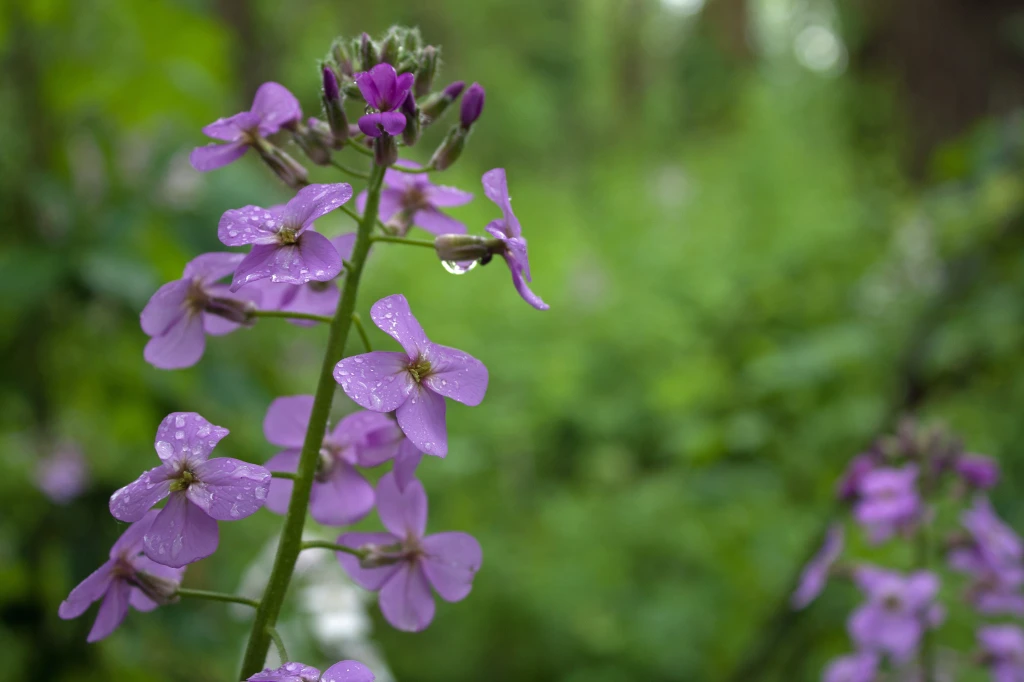
Flower Buds:
Forager Chef highly recommends harvesting dame’s rocket unopened raabs (flower and leaf buds) in the spring. He has eaten them raw and in a salad but prefers them cooled “alongside wilted greens or gently steamed like you might milkweed buds. Dressed with a little melted butter and lemon juice they’re excellent.” He suggests treating them like any other mild green. Blanching is unnecessary as they have a mild flavour and no bitterness. Just harvest, toss them in a pan and heat them up.
One of Forager Chef’s recipes uses dame’s rocket buds, wild mustard greens, violets, lamb bacon and hickory nuts. Render the bacon in a pan, add the greens some stock, salt and pepper. Cook down for a minute to reduce the juices, sprinkle with nuts.
Making Dame’s Rocket Tea
I convinced friend Merridy to forage some dame’s rocket flowers and make a tea. She agreed and we went out after a summer rain to collect flower heads on the edge of the local forest. We didn’t have to go far; there was a large community by the main trail, growing among garlic mustard.
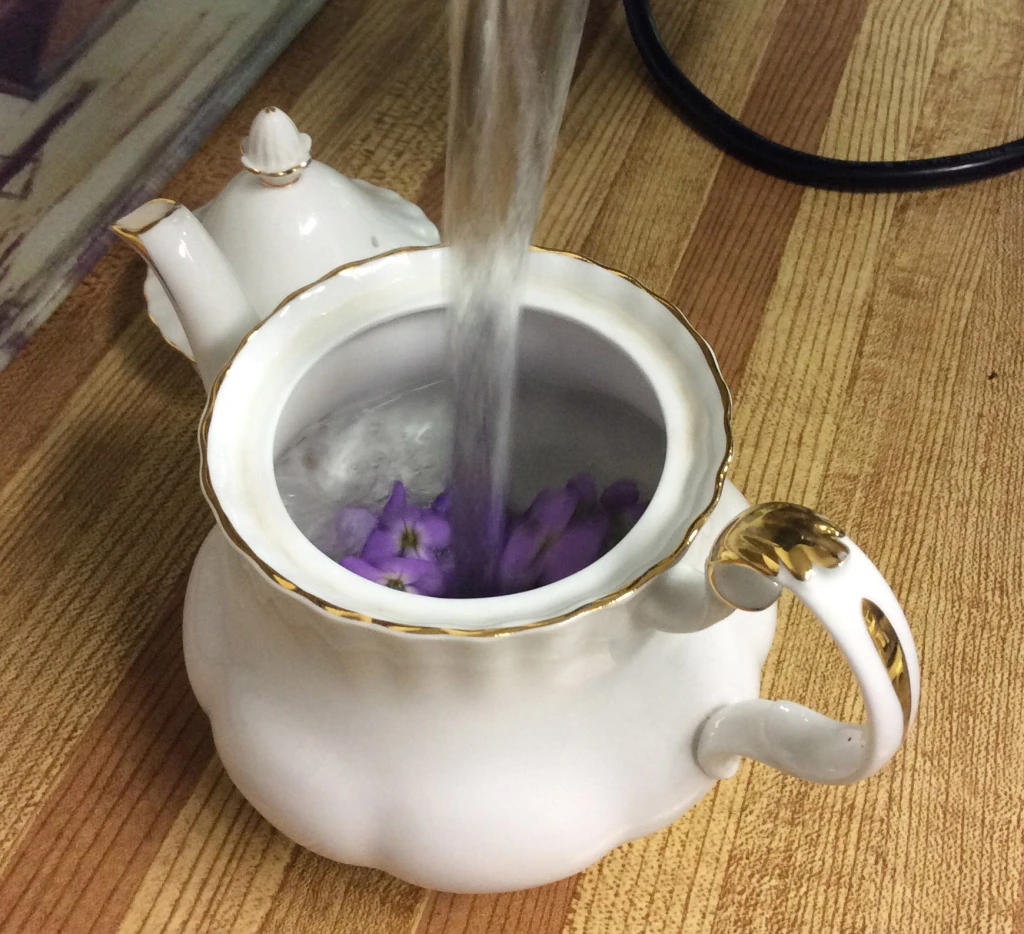
We made the tea by boiling water and pouring the boiled water over the flowers that I’d placed in a tea pot. After about seven minutes of letting the tea steep, we poured the tea into Merridy’s lovely antique tea cups. The tea had a slight bluish tint to it and a strong aroma.
We both agreed that the aroma was familiar but couldn’t place it. Someone suggested cookie dough and we laughed. It was close but not quite right. I then suggested bean water from boiled green beans. Then Merridy said, “Asparagus!” She’d nailed it.
On sipping the tea, I picked up an astringent quality but also a legume-like sweetness that was not unlike the aroma and taste of the flower. A longer steep brought out the ‘asparagus’ flavour and scent, but also a bit more astringent. Adding some honey tamed the astringent, making the tea absolutely splendid. I noticed that after more than ten-minutes went by, the tea in the pot had decidedly gone bluish-purple as the pigments from the flowers leached out more fully.

Nina Munteanu is a Canadian ecologist / limnologist and novelist. She is co-editor of Europa SF and currently teaches writing courses at George Brown College and the University of Toronto. Visit www.ninamunteanu.ca for the latest on her books. Nina’s bilingual “La natura dell’acqua / The Way of Water” was published by Mincione Edizioni in Rome. Her non-fiction book “Water Is…” by Pixl Press(Vancouver) was selected by Margaret Atwood in the New York Times ‘Year in Reading’ and was chosen as the 2017 Summer Read by Water Canada. Her novel “A Diary in the Age of Water” was released by Inanna Publications (Toronto) in June 2020.
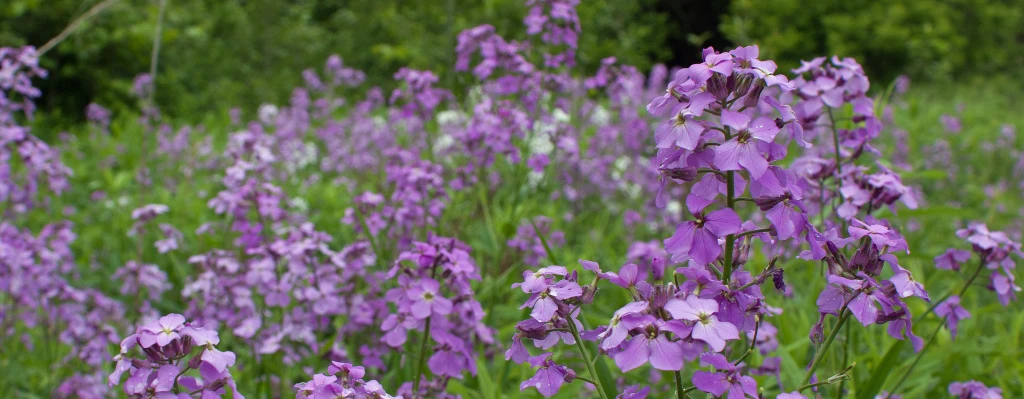

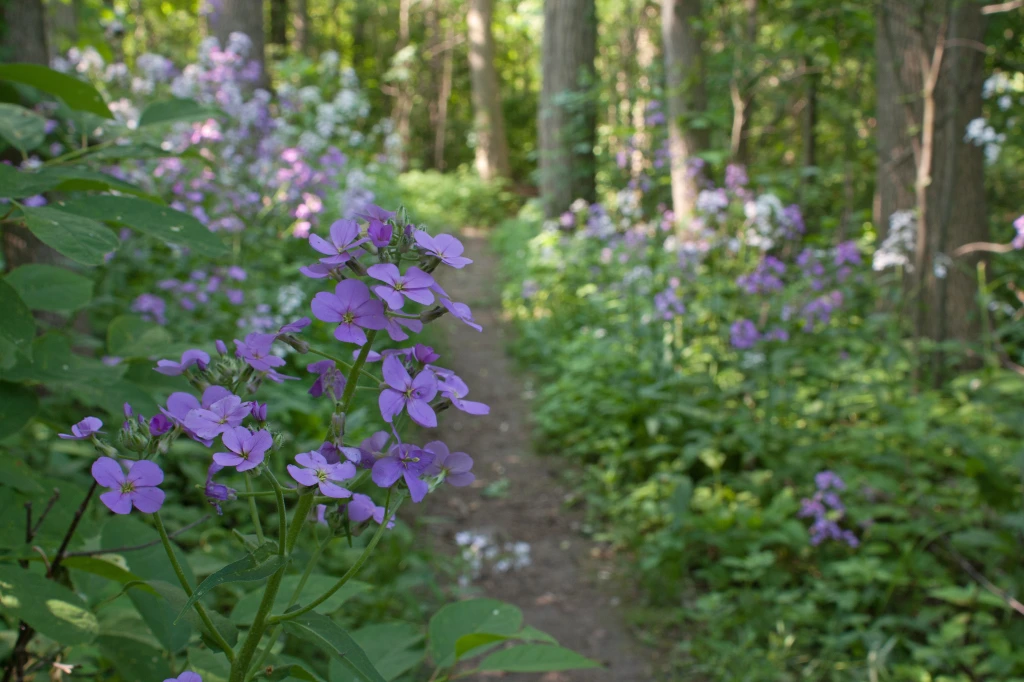
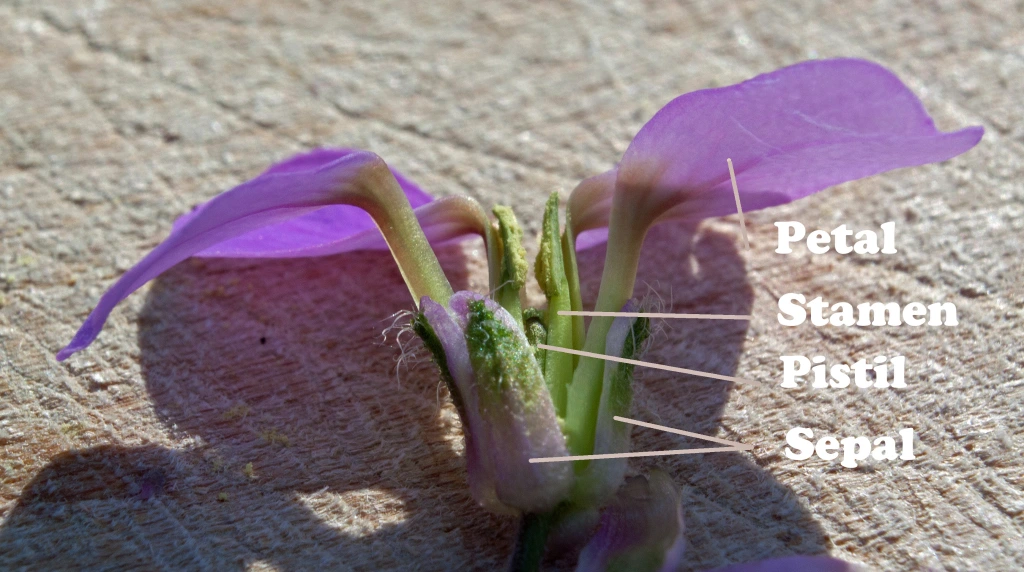
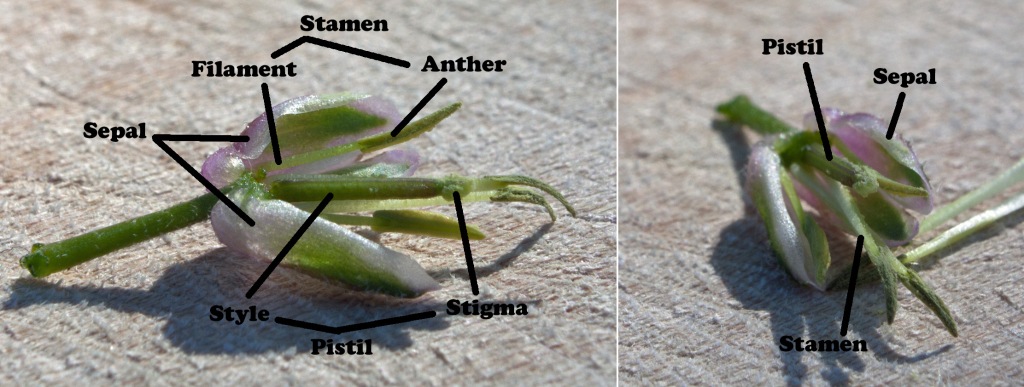
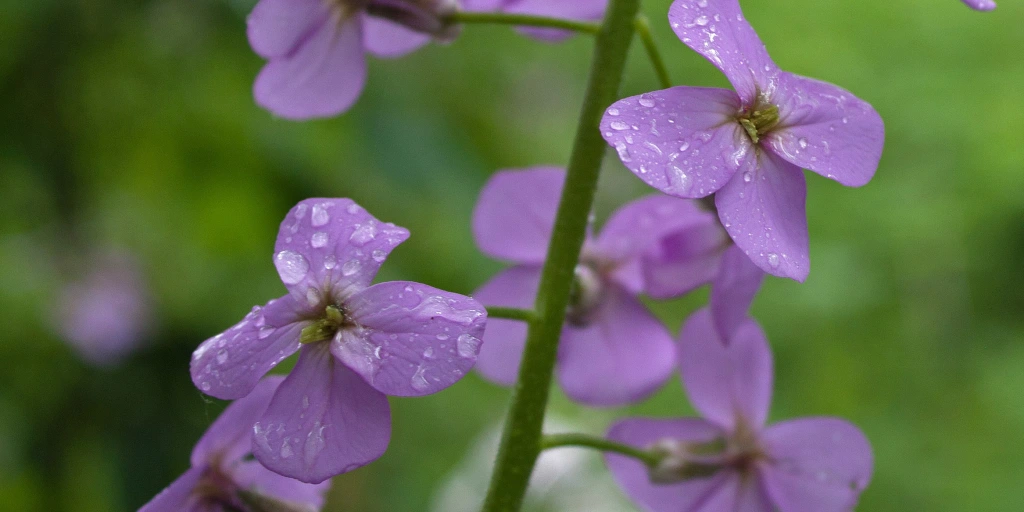
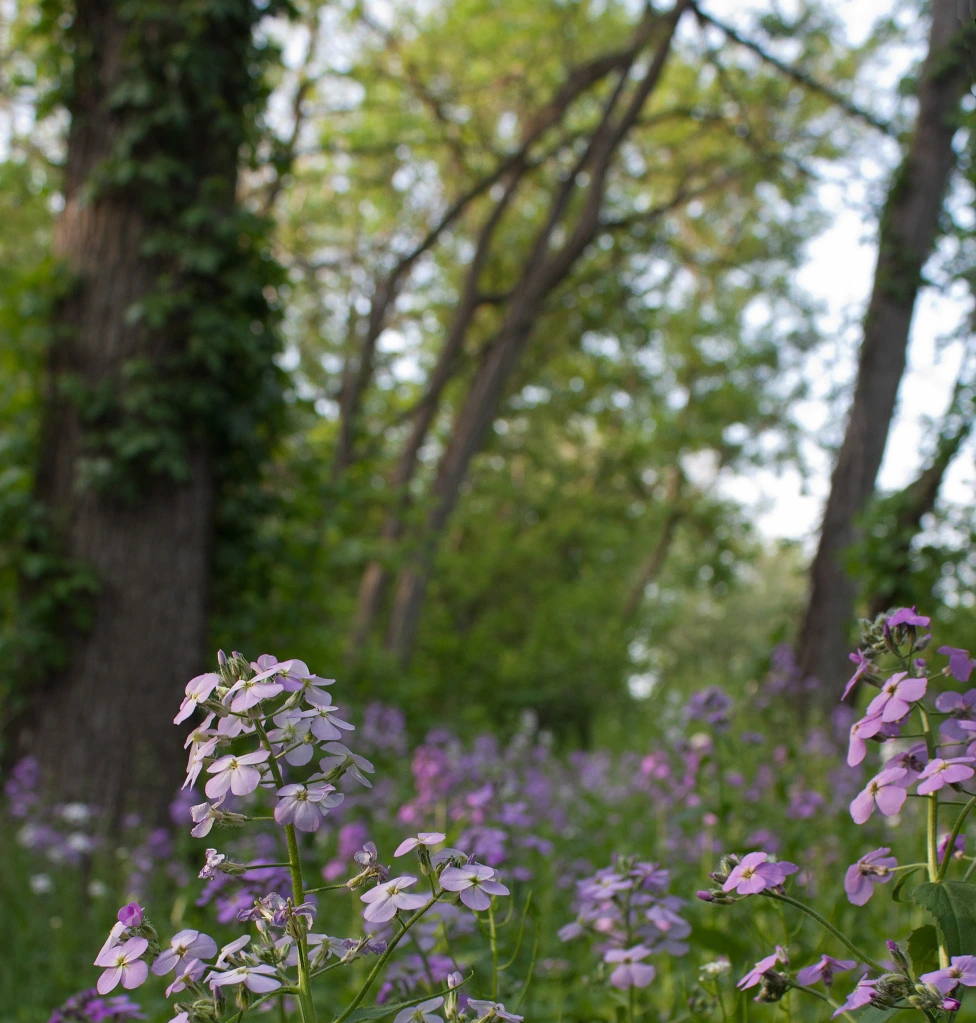
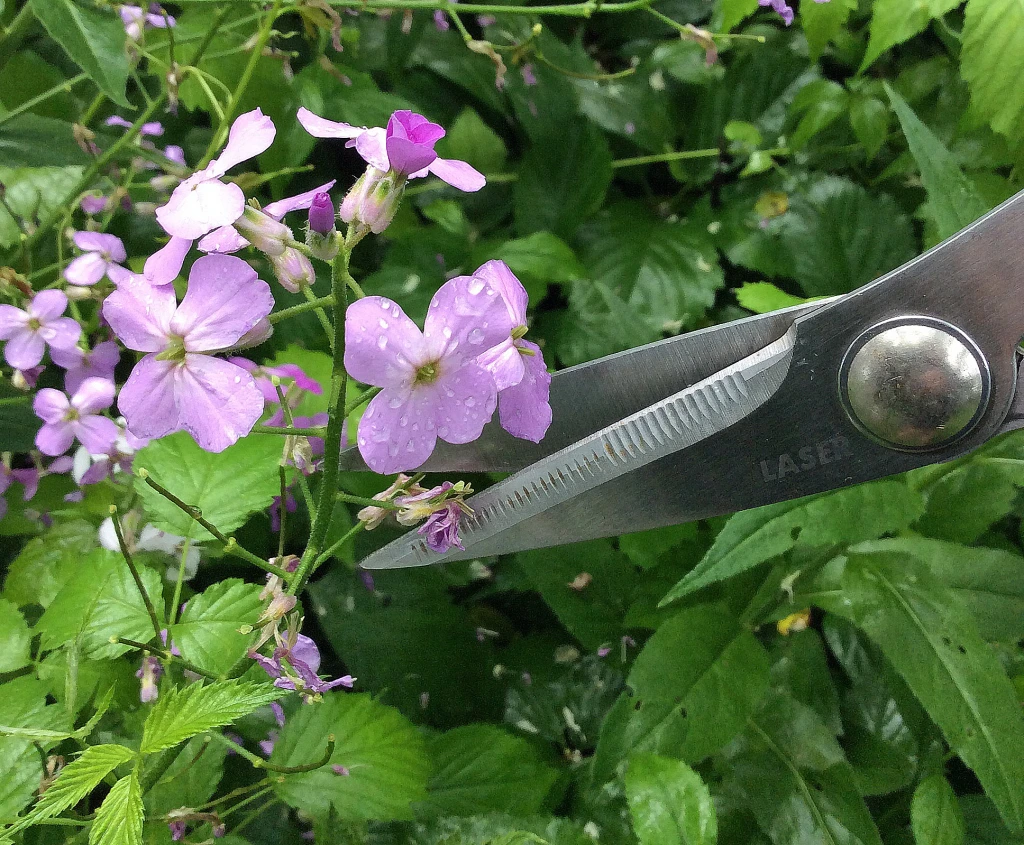
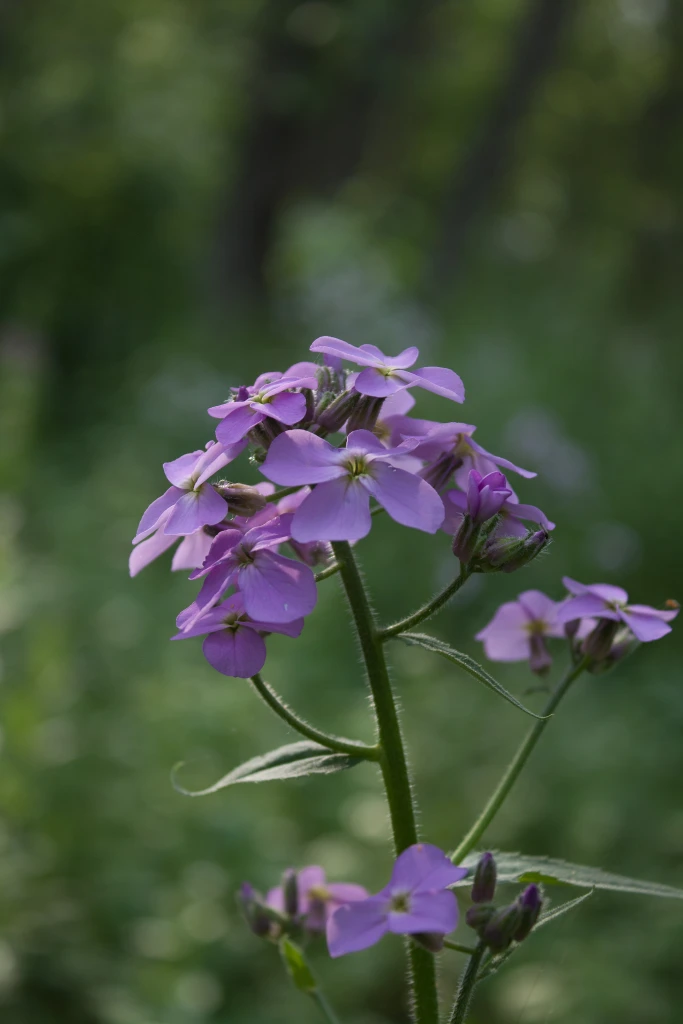
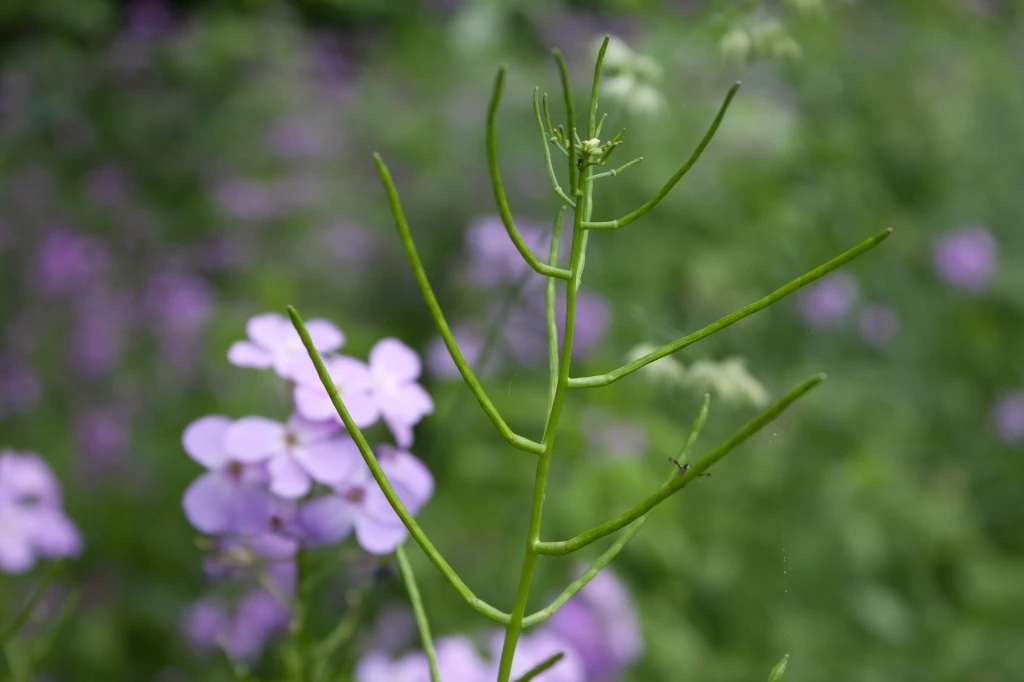
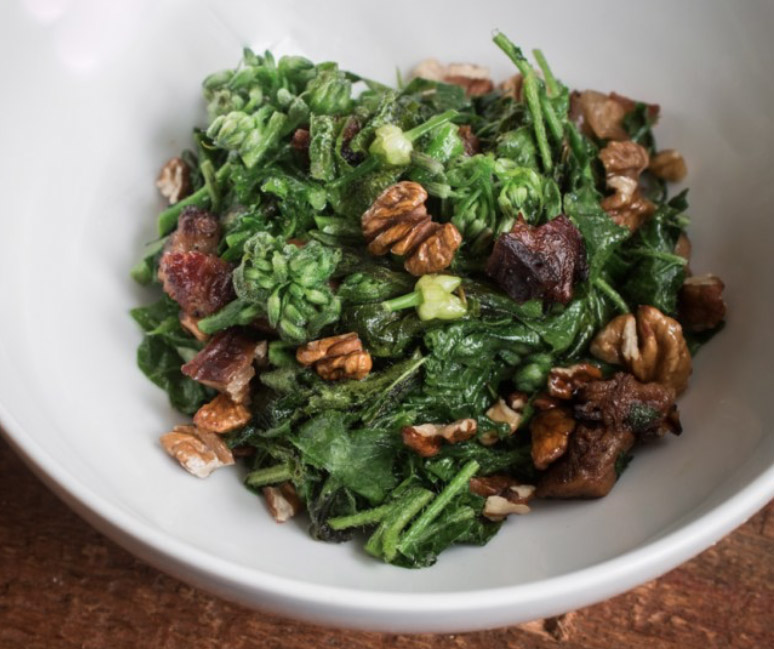
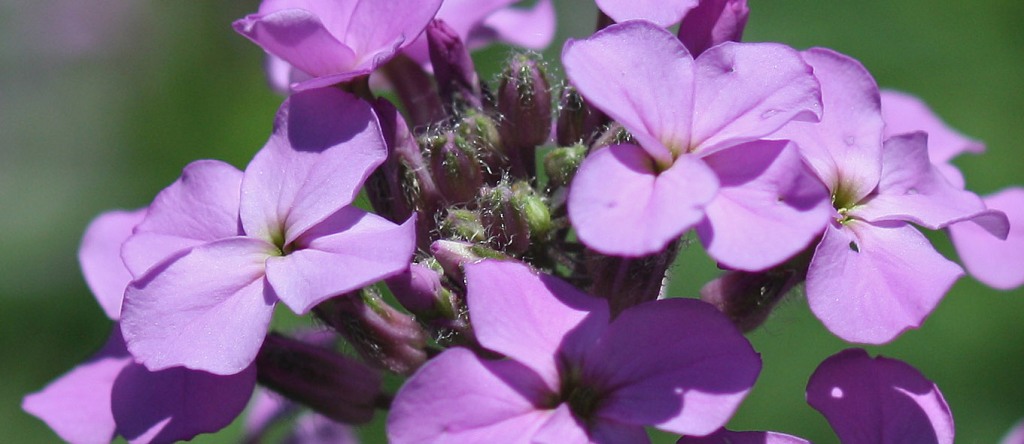
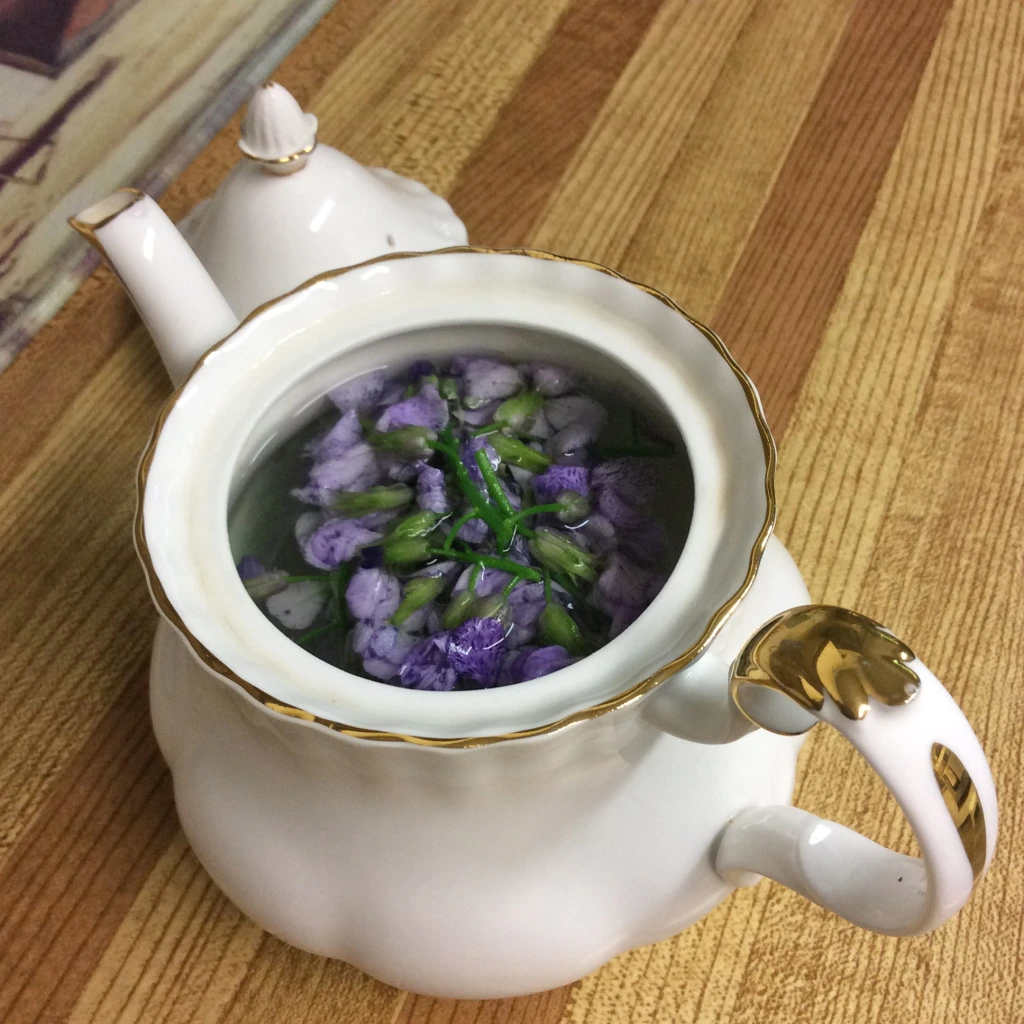
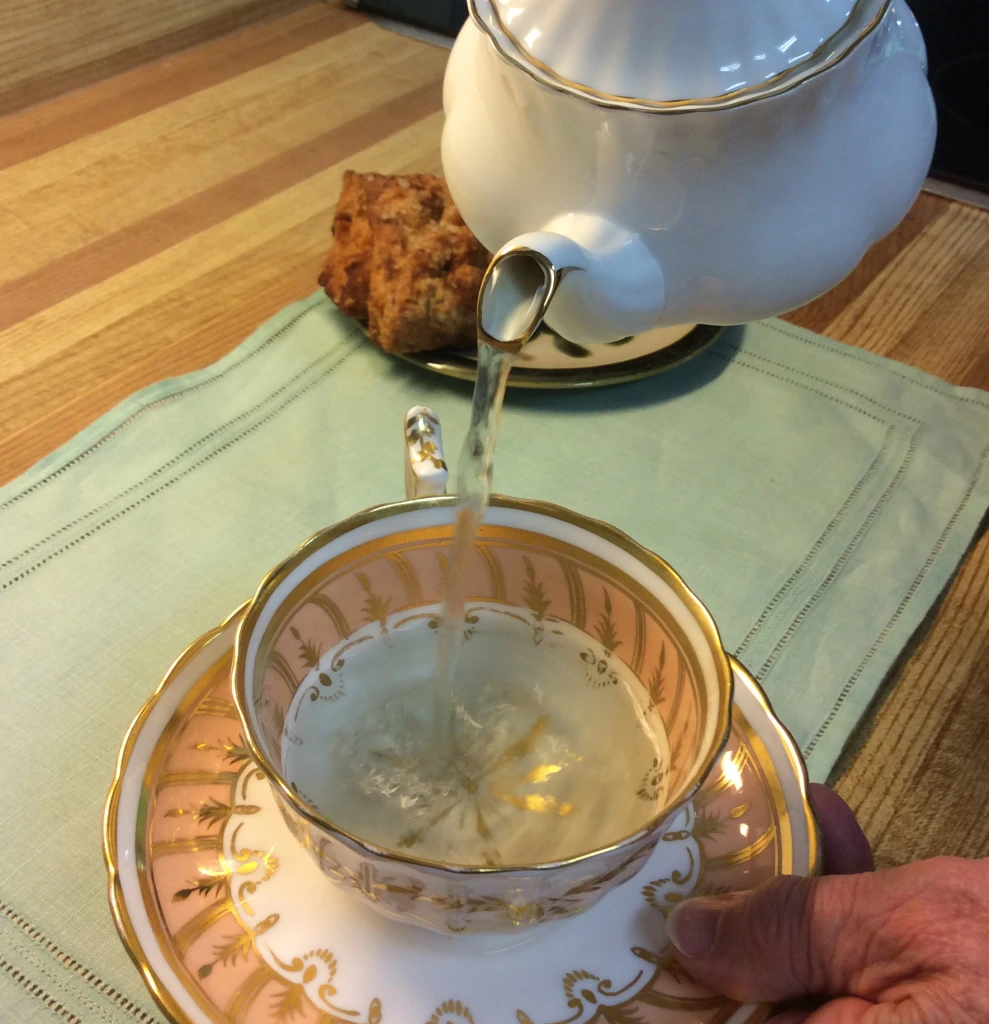
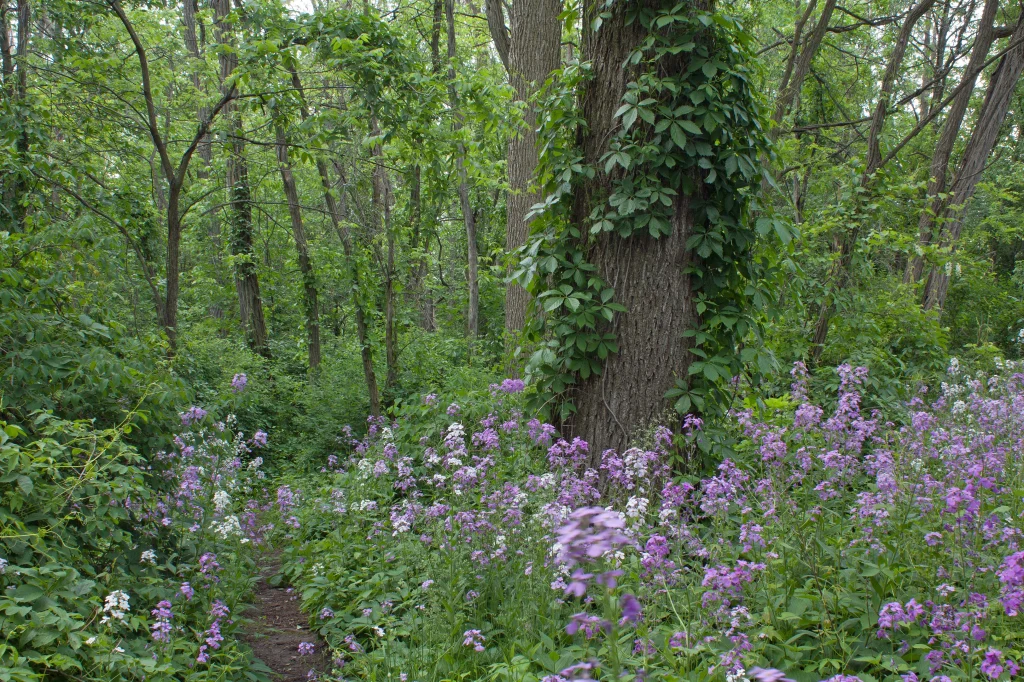
3 thoughts on “Dame’s Rocket, Scorned Beauty—Foraging”